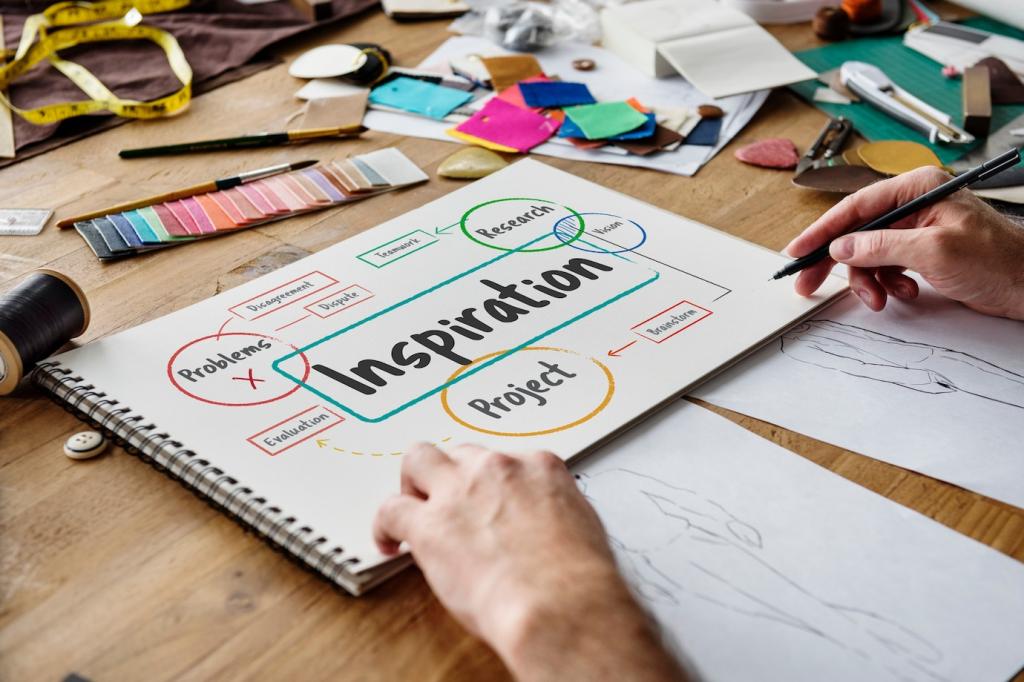3D Printing: Revolutionizing Personal Design Elements
The world of design has been dramatically transformed by the advent of 3D printing technology. No longer restricted to industrial production lines, 3D printing brings powerful creative capabilities directly into the hands of individuals. From jewelry and wearable art to home décor and functional objects, anyone with a vision can now fabricate tangible, customized pieces with unmatched complexity and precision. The fusion of digital design and additive manufacturing has ignited a new era: one where personal taste and imagination dictate the final product, not mass-market trends. This technological revolution is enabling unique self-expression and empowering designers at every skill level to bring their most innovative ideas to life.
Shaping Unique Personal Creations
Customization Without Compromise
Individuals can now create design elements perfectly suited to their taste and lifestyle, sidestepping one-size-fits-all solutions. 3D printing allows for unparalleled customization, whether adjusting the size of a smartphone case to fit a specific model or inventing a new type of kitchen utensil tailored to unique ergonomic needs. This level of flexibility lets people bring their imagination to life without being constrained by mass-produced standards. Because each design is digitally rendered before printing, iterations can happen quickly, ensuring the final product is exactly as envisioned. The end result—total satisfaction and a genuine sense of ownership that only true customization can provide.
Personalizing Home Environments
Home décor has become a vivid canvas for personal creativity thanks to 3D printing. From intricate lampshades that cast bespoke patterns to modular furniture components and customized planters, homeowners are limited only by their digital modeling skills and imagination. The technology enables the production of décor pieces that match not just aesthetic preferences, but also fit particular spaces and uses around the house. Whether replicating classic styles or inventing futuristic forms, 3D printing empowers individuals to craft meaningful environments that reflect who they are and how they choose to live.
Wearable Expressions of Identity
Accessories and adornments are more than mere embellishments—they are declarations of identity. 3D printing facilitates the creation of personalized jewelry, eyewear, and clothing elements that go far beyond what’s available from traditional fashion brands. Wearers can design pieces catered specifically to their bodies and tastes, incorporating motifs, materials, and features unavailable anywhere else. This ability to materialize wearable art on demand not only changes the fashion landscape but also helps people forge a deeper connection between their personal style and their lived experiences.
Accelerating the Design Process
The traditional pipeline from idea conception to a tangible object was often slow and costly, requiring specialized equipment and external manufacturing services. 3D printing turns this on its head with almost instant transition from digital model to physical artifact. Designers simply tweak their models on a computer, send them to a printer, and see results within hours. This speed is invaluable—not only does it save time, but it also allows for ongoing refinement and learning, empowering users to be fearless in their creativity.

Complex Forms Made Simple
3D printers handle intricate, openwork forms and internal structures effortlessly, enabling objects that are both visually striking and optimized for specific functions. In the absence of the technical limitations of conventional fabrication, users can focus purely on ideation and creativity. Whether forming delicate meshes for jewelry or biomimetic shapes for support structures, the complexity that was once laborious or impossible to manufacture now becomes a matter of digital precision and ingenuity.

Material Innovation at Home
Material options for desktop 3D printers have expanded far beyond basic plastics. Today, hobbyists and designers can access a palette that includes flexible polymers, wood-infused filaments, metallic composites, and biodegradable materials. This growing range unlocks opportunities to experiment with textures, aesthetics, and performance characteristics in ways that align with personal values and desired outcomes. Users can mix, match, and devise their materials to create objects that not only look unique but also deliver exceptional function and sustainability.

Integrating Art and Functionality
The synergy between art and utility is beautifully realized through 3D printing’s adaptability. Pieces like sculptural lamps, ergonomically designed tools, and modular furniture blur the boundaries between beauty and purpose. The capacity to experiment with both form and function encourages new, hybrid objects that improve daily life while adding artistic flair to personal spaces. This creative convergence is fostering a culture where aesthetics and usability reinforce each other in every artifact crafted.
